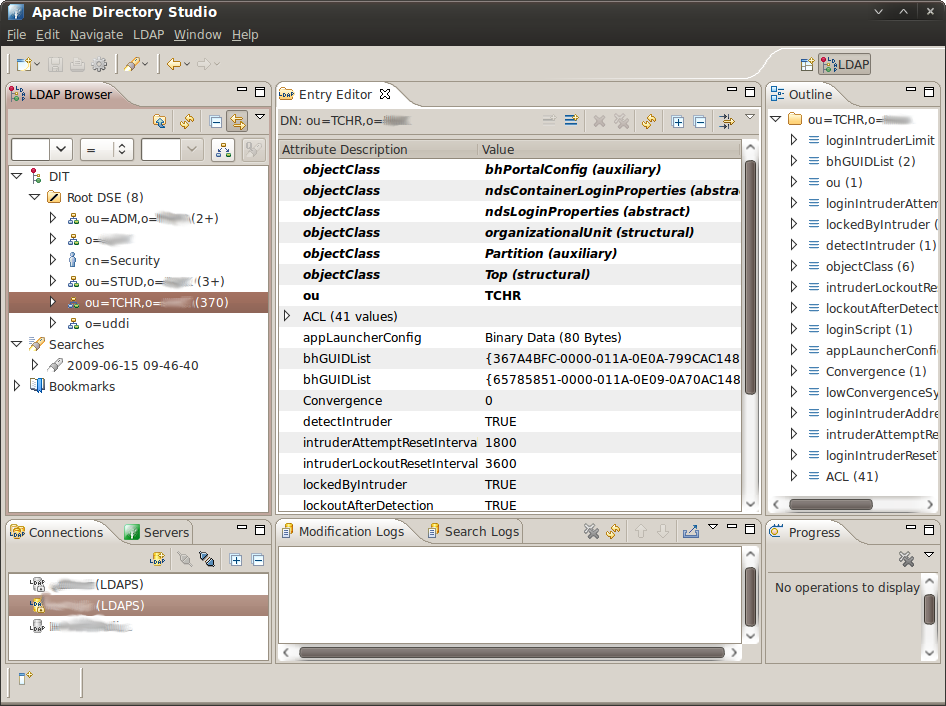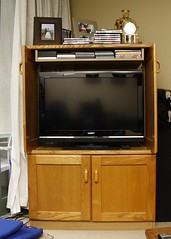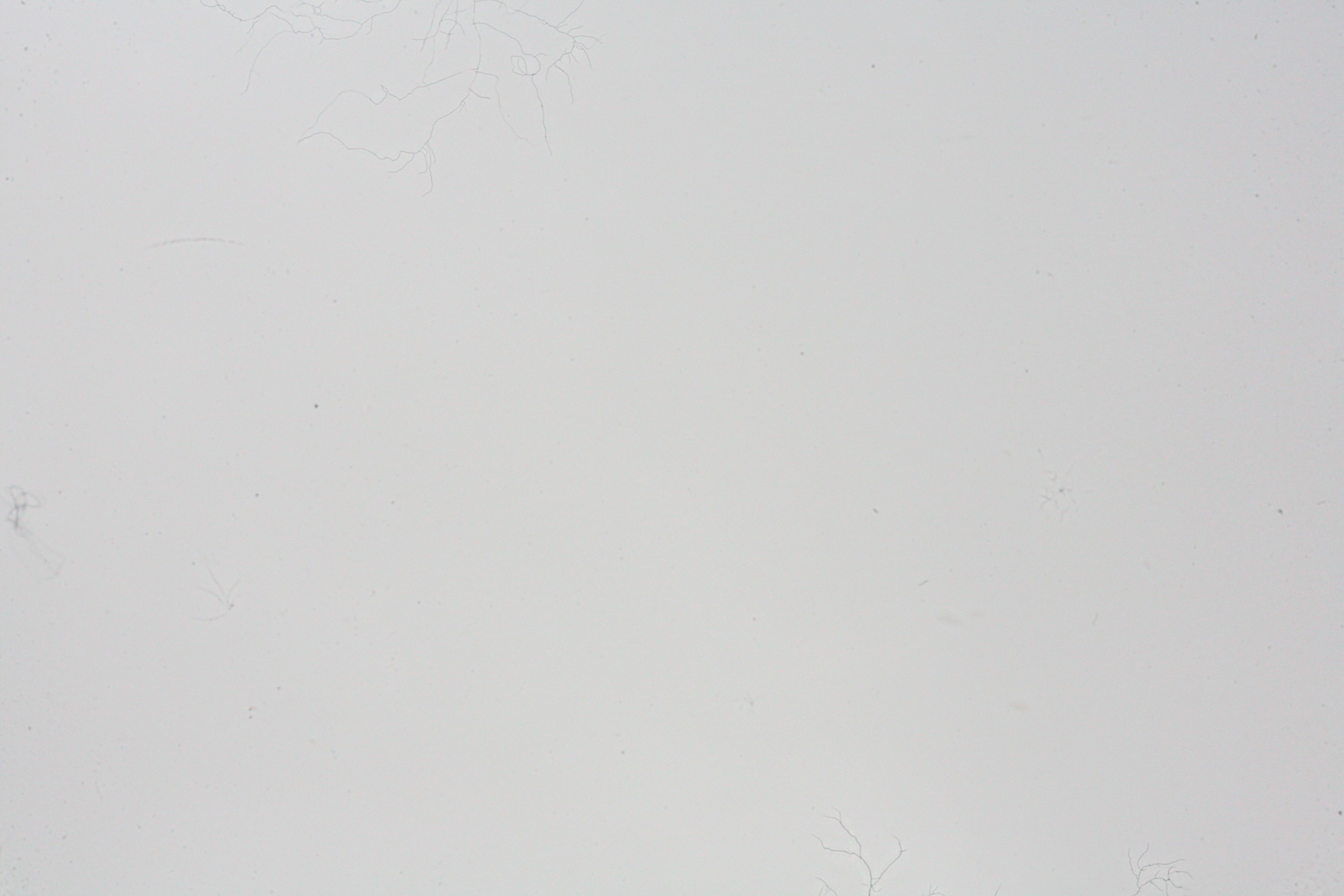In my job I do a lot of work with Directory Services such as Novell eDirectory and Microsoft Active Directory, even Apple’s implementation of Open Directory once in a while. All 3 have their own tools to manage them, but generally they are proprietary in nature and differ greatly – no commonality whatsoever. For Novell there’s ConsoleOne and iManager, Microsoft have their Management Console and the rather narrowly defined plugin “Active Directory Users and Computers”. All of these are fairly high level in nature, and are limited in the information they present, particularly in the Windows Server 2003 case although they’ve made significant improvements in Server 2008. Apple – well they tride to hide the fact that you’re using a directory service at all… any organisation seriously deploying a directory service does not do it with Apple.
Whenever I’ve needed to access a directory via the standard LDAP protocol in the past I’ve used a very old Java ldap browser called… ldapbrowser (which is still available at CoolSolutions). It’s been extremely useful for structuring queries and exporting data, but it’s now 7 years old, and quite frankly ugly to use. To export data in a usable format I was exporting an LDIF, then converting it to CSV with a free .net app I found called “LDIF2CSV” and cleaning up the resulting data. It was messy, but ldap queries are so much more flexible, and I could get data out of a directory that you couldn’t using the official administration tools.
Another solution was the free Softerra LDAP Browser. It’s a bit limited though as they want you to pay for the full version (LDAP Administrator). I tried it and it is an excellent tool, but at USD$250 not exactly value for money (not too bad if you’re paying in USD but in NZD it’s a difficult sell). The free version may suffice for some but is Windows only.
Recently however I came across Apache Directory Studio, and I don’t normally gush over software like this but it’s been a revelation. It’s fully open sourc e, based on Eclipse, and designed to manage any LDAP directory. Ticks just about every box I can think of. Runs on Windows, Mac, Linux. Exports directly to ldif, csv or even xls.
If you need to access an LDAP directory via the LDAP protocol, this is your tool.

Website: Apache Directory Studio
I’m curious too see what Apache Directory Server is like, although by the looks of it I’ll be wanting to wait for version 2.0. Maybe if I get a free R&D slot…




